Introduction
The fast-paced developments of 5G wireless communications need oscillator circuits that boast high performance, low power consumption, and compact size. Lying at the core of many radio-frequency systems are ring oscillators-a compact and easily integrable solution, famous for its simple design and high-speed realization. This blog covers the design and performance study of a CMOS ring oscillator that has been specially tailored according to the very stringent technical specifications that 5G demands.
🎯 Objective of the Study
The main aim will be to:
• Design a CMOS ring oscillator that works at the high frequency of 5G with maximum efficiency.
• Analyse some of the important performance parameters such as:
· Frequency stability
· Power consumption
· Propagation delay and speed
Why CMOS and Ring Oscillators for 5G?
CMOS (complementary metal-oxide-semiconductor) ring oscillators are considered essential components of 5G systems, such oscillators integrate seamlessly with current IC technologies, for the advantage of integration, power and scale.
A primary eleventh-bit advantage of CMOS ring oscillators is that they can be integrated fully into SoC designs, thereby eliminating the need for external components. Less are allowed in space-consuming applications; hence, a 5G gadget with high importance is smaller. They have a very simple construction, consisting of a number of inverters linked up in a loop, making the design easy to implement and scale in digital circuits.
These oscillators also provide a broad frequency tuning range. By adjusting the number of stages/supply voltage, they can accommodate various 5G frequency bands, including millimeter-wave (mmWave) frequencies. This tunability is essential for 5G applications that require flexibility across different frequency spectrums.
From a power efficiency point of view, CMOS technology provides low-power functionality, essential for battery-driven 5G devices and Internet of Things (IoT) usage. Lack of inductors and capacitors within ring oscillator designs not only streamlines the circuitry but also helps to lower power usage.
CMOS ring oscillators commonly employed as voltage-controlled oscillators (VCOs) in phase-locked loops (PLLs), which are critical for frequency synthesis and clock generation in 5G transceivers. Their ability to generate carrier signals and modulate data streams makes them essential components in 5G communication protocols.
Design Considerations
Since optimal performance was desired, the following design methodologies were applied:
- Stage count optimization: The number of inverters balanced to get the required frequency and duty cycle.
- Supply voltage adjustment: Voltages were lowered to save power without sacrificing speed.
- Transistor sizing: Optimized W/L ratios for speed and minimum phase noise.
- Layout techniques: To reduce parasitic capacitance and to carry out the layout symmetrically, promoting better stability.
Performance Metrics
|
Parameter |
Achieved Result |
5G System Requirement |
|
Frequency |
28 GHz – 30 GHz |
26 GHz+ (High-band 5G) |
|
Power Consumption |
< 1 mW |
Low power for mobile |
|
Delay per Stage |
~12 ps |
High-speed operation |
🔬 Simulation and Tools Used
• Tools: Cadence Virtuoso to analyse noise and jitter.
• CMOS Technology Node: 45nm to scale frequency more.
• Validation: Time-domain simulations, Transient analysis; runs to ensure stability.
📈 Results & Interpretation
The oscillator demonstrated:
• Strong frequency stability when exposed to temperature and supply changes.
• Top-notch phase noise output suitable to use as an RF LO in 5G systems.
• Small power consumption making it a great fit for portable mobile and IoT gadgets.
Applications in 5G Systems
• Local Oscillators in transceivers
• Clock Generators in RFICs
• Carrier synthesis in mm Wave communication blocks
• Timing circuits in baseband processors
Conclusion
The efficiency of a CMOS-based ring oscillator designed for the demanding requirements of 5G mobile communication is demonstrated by this study. This architecture opens the door for next-generation low-cost, high-performance radio frequency solutions in wireless systems, with promising simulation results in terms of speed, power, and signal clarity.
Call to Action
Are you a professional or student involved in the design of 5G, VLSI systems? For IEEE-based project support, simulation assistance, and industry-standard internship programs catered to advanced technologies like this, get in contact with Takeoff Projects.

 Design and Analysis of Multi-Protocol Conversion Unit for SPI, I2C and UART
Design and Analysis of Multi-Protocol Conversion Unit for SPI, I2C and UART 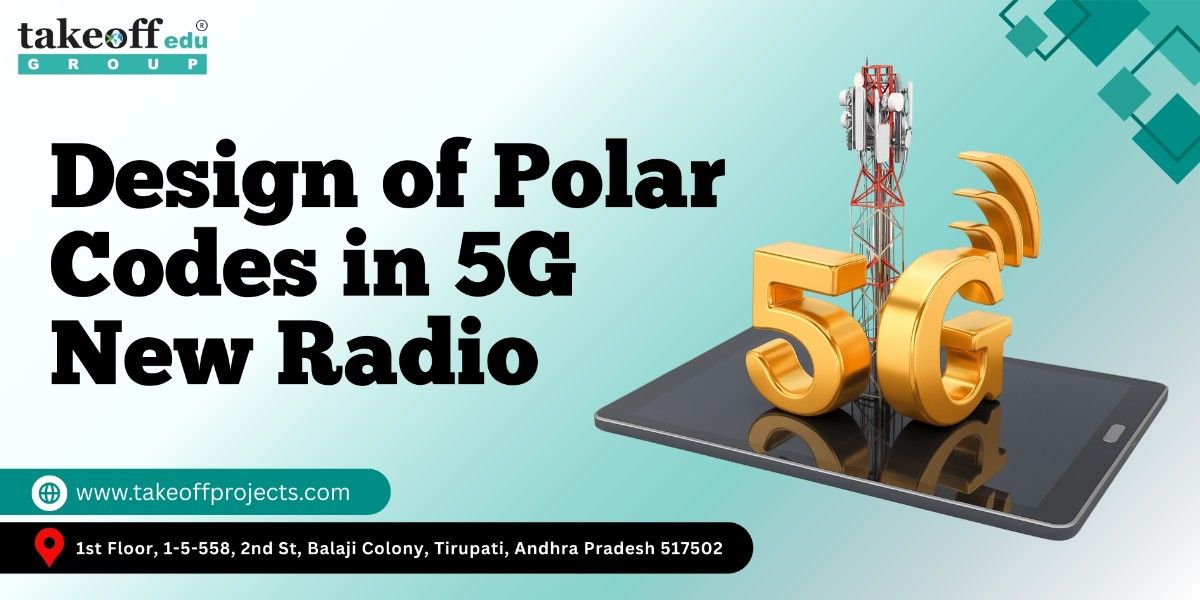 Design of Polar Codes in 5G New Radio
Design of Polar Codes in 5G New Radio  Top IEEE VLSI Engineering Projects For Final Year Students with Source Code
Top IEEE VLSI Engineering Projects For Final Year Students with Source Code  Best VLSI Projects for ECE Students
Best VLSI Projects for ECE Students  Top 7 Transistor Logic Projects for Engineering
Top 7 Transistor Logic Projects for Engineering 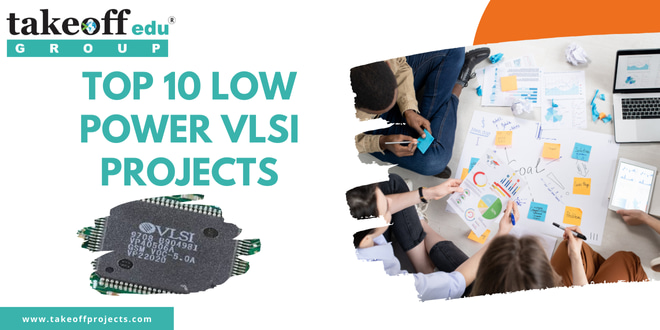 Top 10 Low Power VLSI Projects
Top 10 Low Power VLSI Projects  Top 5 Nano Technology Projects using VLSI
Top 5 Nano Technology Projects using VLSI  Top 6 Communications Projects for Students
Top 6 Communications Projects for Students 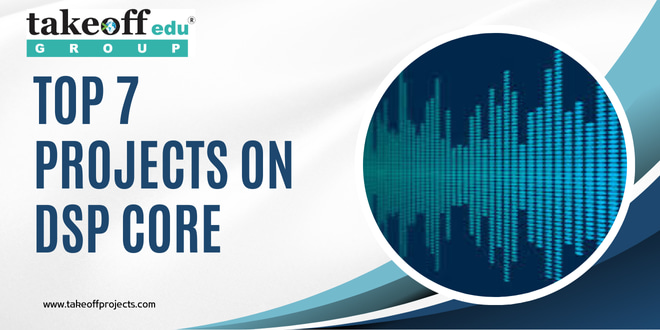 Top 7 Projects on DSP Core
Top 7 Projects on DSP Core  Top 5 Projects on Arithmetic Core
Top 5 Projects on Arithmetic Core  Top 7 Projects on Finite State Machines
Top 7 Projects on Finite State Machines  Top 10 Projects on Cadence EDA Tool
Top 10 Projects on Cadence EDA Tool 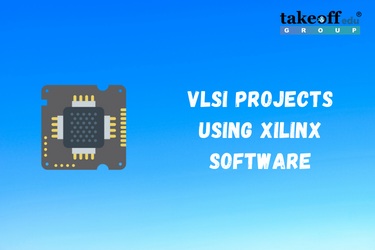 FPGA Final Year Projects for Electronics Students
FPGA Final Year Projects for Electronics Students  Verilog Projects for ECE
Verilog Projects for ECE  VLSI Project Ideas for Engineering
VLSI Project Ideas for Engineering  VLSI Mini Projects for ECE Department Students
VLSI Mini Projects for ECE Department Students 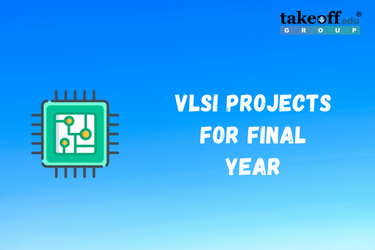 VLSI Projects for Final Year
VLSI Projects for Final Year 
 Paper Publishing
Paper Publishing


